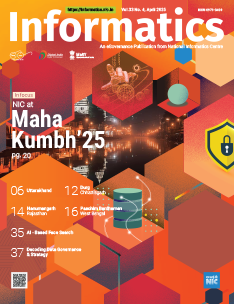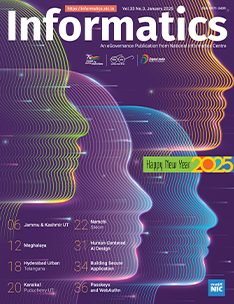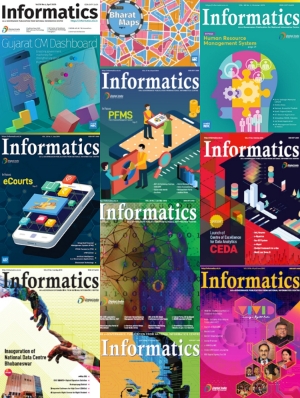Digital ecosystem in social security pensions for direct benefit transfer in Bihar
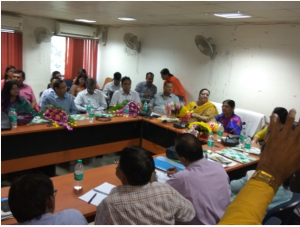
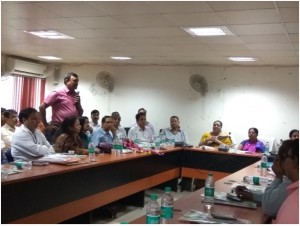
Digital ecosystem in social security pensions for direct benefit transfer comes out as one of the excellent example of e-Governance which can avoid many problems like wastage of public fund, corruption and role of middlemen who restricts the beneficiaries from getting benefits in time. In spite of that huge amount is being spent on subsidy and substantial manpower has been deployed in the field formations for distributing subsidy the poor people are still struggling for their day to day needs.
The Direct Benefit Transfer (DBT) based methodology can be used in social security schemes and other rural development scheme whose identification would be verified on the base of ‘Aadhaar’ linked with the bank account. This can eliminate various ghost or fake beneficiaries and ensure that true beneficiaries are getting the benefit of subsidy
A function was held on 27.10.2016 in Patna for Launching of DBT in Bihar. Hon’ble Minister Social Welfare Department Smt. Manju Verma with Mrs. Vandana Kinni, IAS, Principal Secretary, Social Welfare Department, Sh. R S P Daftuar, IAS, Director, Social Security and all Assistant Director, Social Security graced the function.
Sh. Rajesh Kumar Singh, SIO Bihar with Sh. S K Shrivastava, TD & Coordinator and Sh. Niraj Kumar Tiwary, System Analyst was present during the launch of NIC Project e-Labharthi. Sh. Shailesh Kumar Shrivastava, TD & Project Coordinator, gave detailed presentation. He talked about Situation before initiative and informed Social welfare benefits to the citizens through various schemes for the social development and growth of citizen are targeting rural poor and their number is also large in number. Identification of these beneficiaries and then transferring funds to their account has always been difficult process. At present these financial benefits were being disbursed to the beneficiaries by means of traditional methods. Citizens have to face a lot of hurdles for availing the benefits due to middlemen. There were also problems like wastage of public funds, corruption and presence of middlemen does cause delays in the routine disbursal of benefits. Taking this into account and with an aim to reduce the leakage, cut down the corruption, eliminate middlemen, target beneficiaries better and speedup the transfer of benefits to the beneficiary, state and central governments have taken various administrative reforms. By introducing Electronic Benefit Transfer System through PFMS(Public Finance Management System), the genuine beneficiaries can avail the advantage and corrupt practices can be minimized.
He also spoke about Methodology for e-Labharthi Project. Direct benefit transfer scheme transfers the benefits without any delay, directly to the bank account of the entitled beneficiaries. The proposed system of electronic Direct benefit transfer functions in such a way that the concerned government department need to deal with a sponsoring bank which can be any nationalized of private bank, which will obtain the fund from the department and, in turn need to transfer the fund through core banking fund transfer facility and credited the required amount to the targeted beneficiary. Public Finance Management System provides facility to transfer details to their SFTP(Secured FTP) server for payments. Then they transfer the money in bulk to multiple account debiting sponsoring bank account and crediting the beneficiary account. Later a file can be provided indicating status of fund transferred. In case fund is successfully transferred then a reference number like UTR number can be generated otherwise it can provide an information indicating reason for failure of the transaction. Such information can easily be analyzed to understand reason for non-transfer.
Steps carried out for Fund Transfer through PFMS e.g. Digitization of Social Security Pensioners, Collection of IFSC Code, Account Number, Aadhaar Number and Mobile Number, Registering of Agency Codes and Bank Account on PFMS, Verification of Beneficiary Account Details through PFMS, Freezing of Valid accepted Accounts and Valid names as per beneficiary records by field formations, Preparation of Payment Files by Field formations, Digitally Signing Payment File on PFMS for transferring to Bank Account, Preparation of Payment Register and other MIS reports.
The e-Labharthi System has been envisaged as a major transformation in electronic service delivery and financial inclusion which can bypass the inefficiencies of existing service delivery mechanisms. Funds can be transferred by the banks directly to bank accounts of identified beneficiaries. The Electronic Benefit Transfer system will be transformed to accommodate newer technologies and shall be further customized in accordance with feedback provided by the customers in a later stage. NPCI has introduced advanced payment service such as Interbank Mobile Payment Service (IMPS) which uses mobile devices to transfer fund to other bank accounts in real time. This can also be made as a payment mode in future.




 Subscribe
Subscribe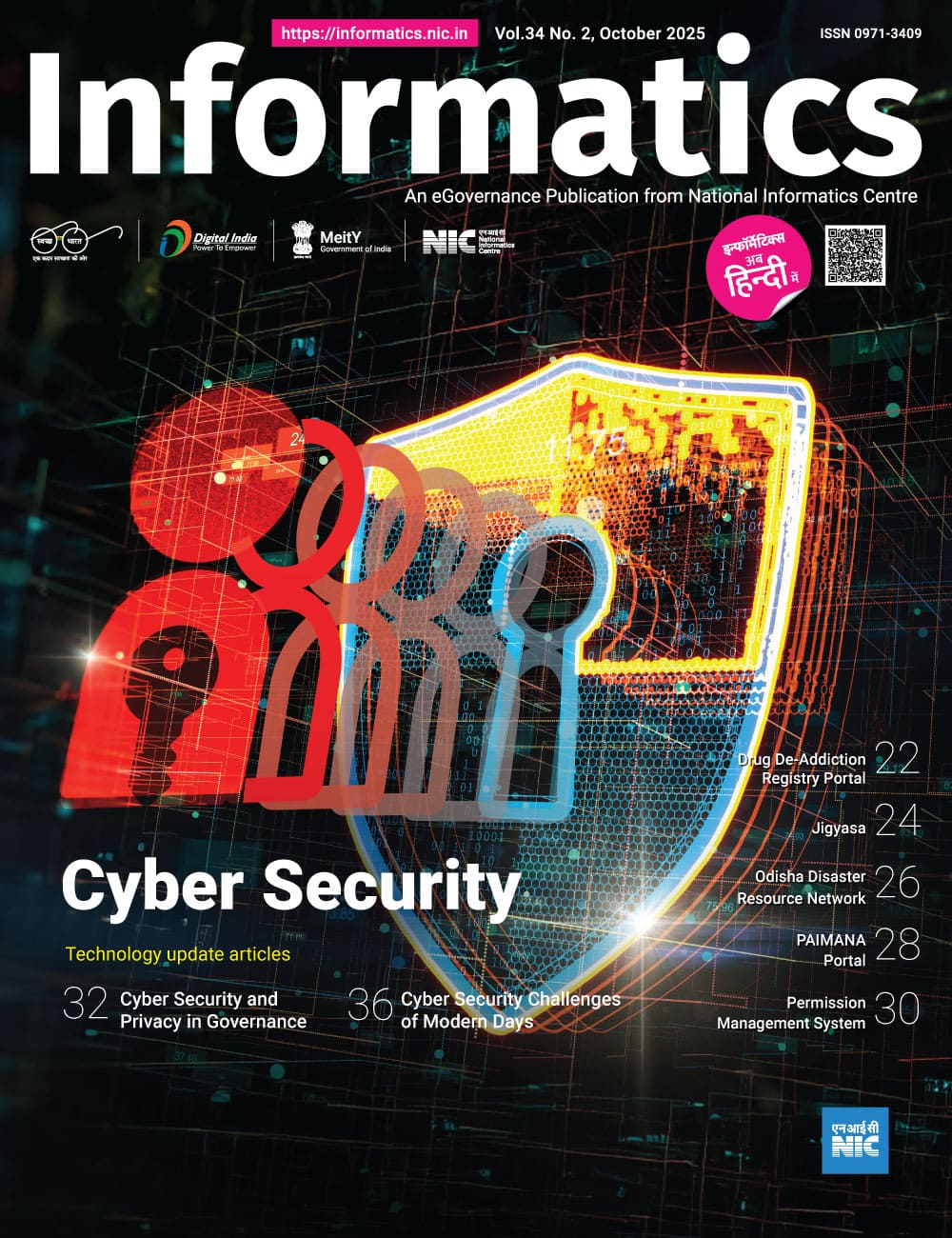
 Flipbook
Flipbook PDF (5.0 MB)
PDF (5.0 MB)
